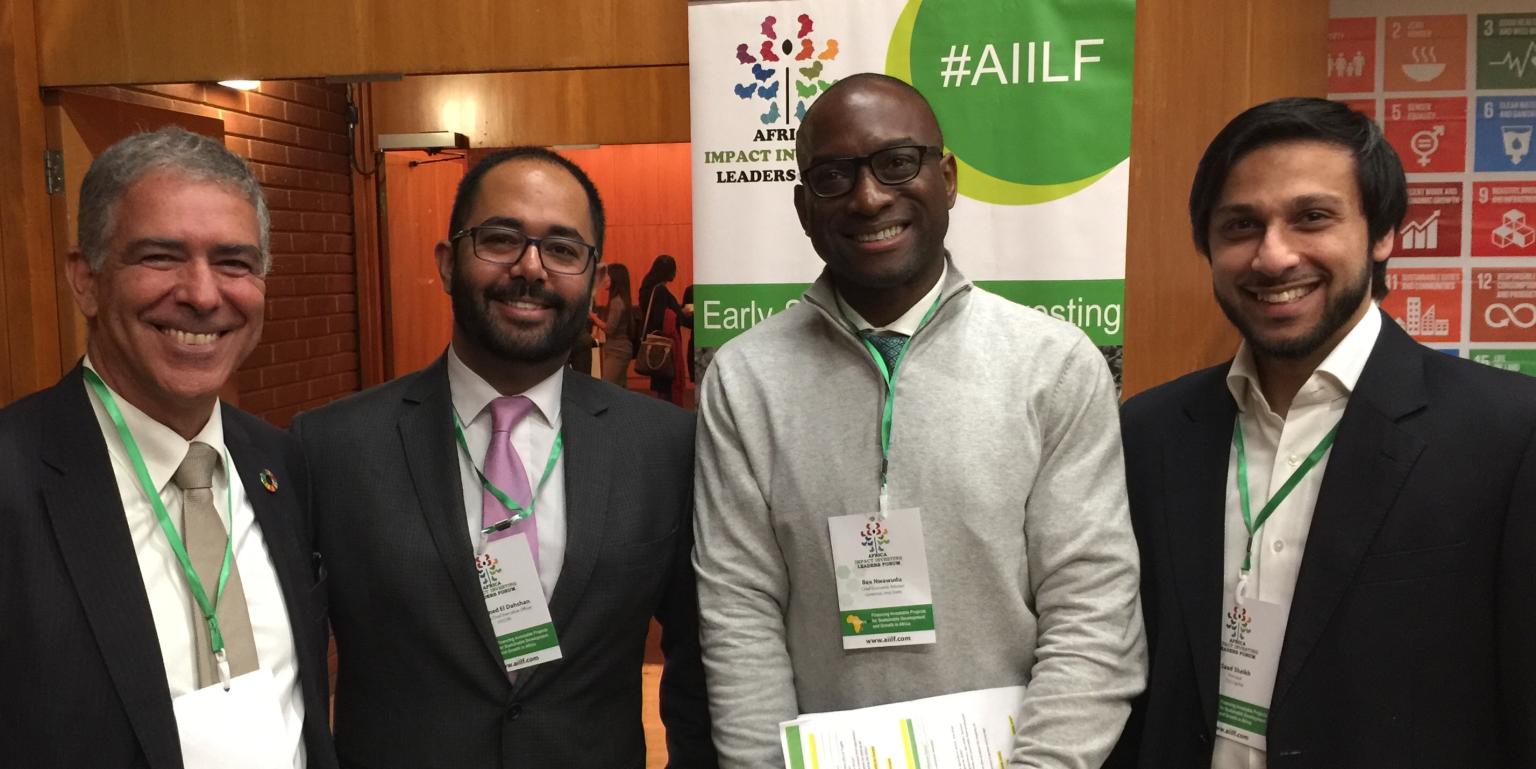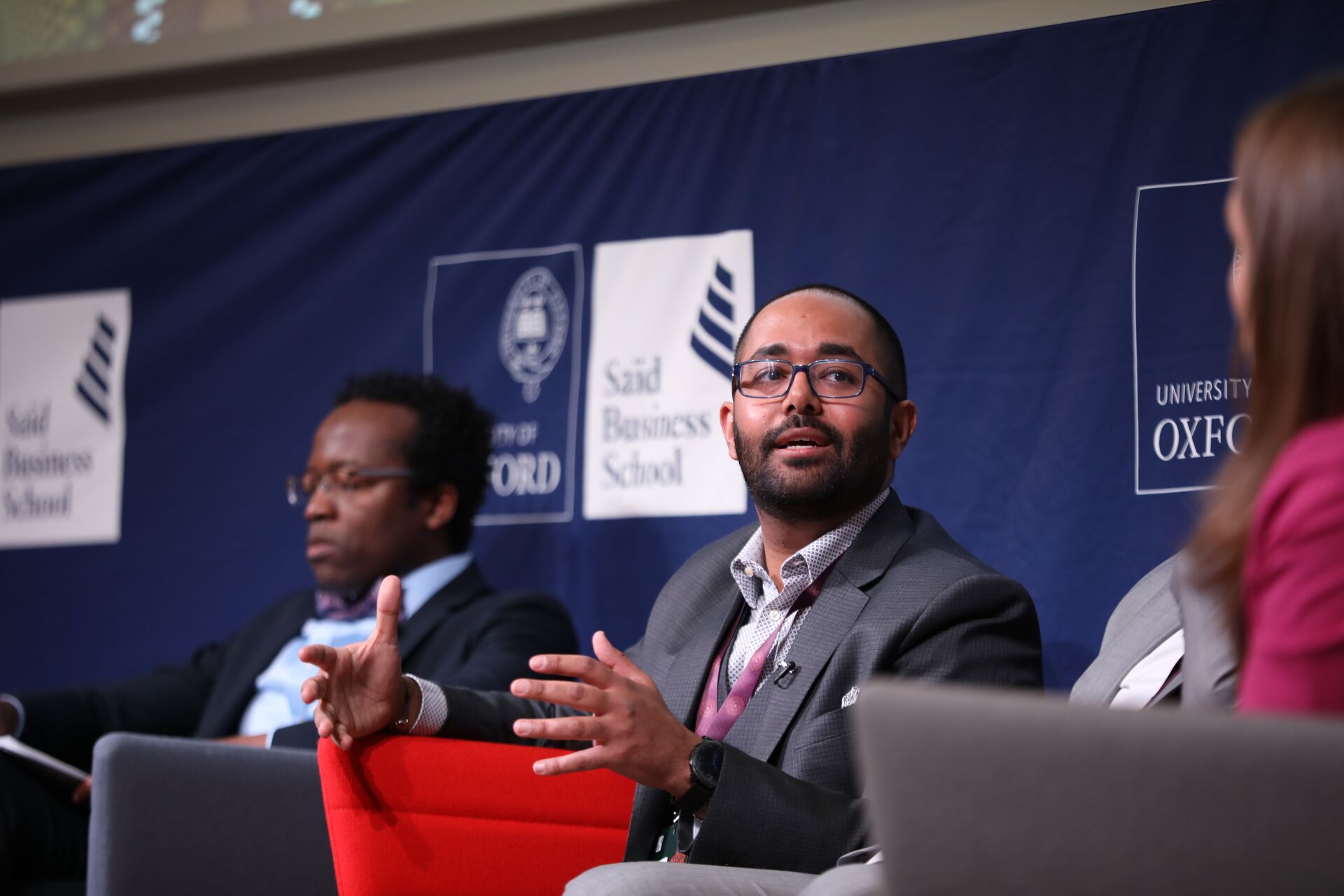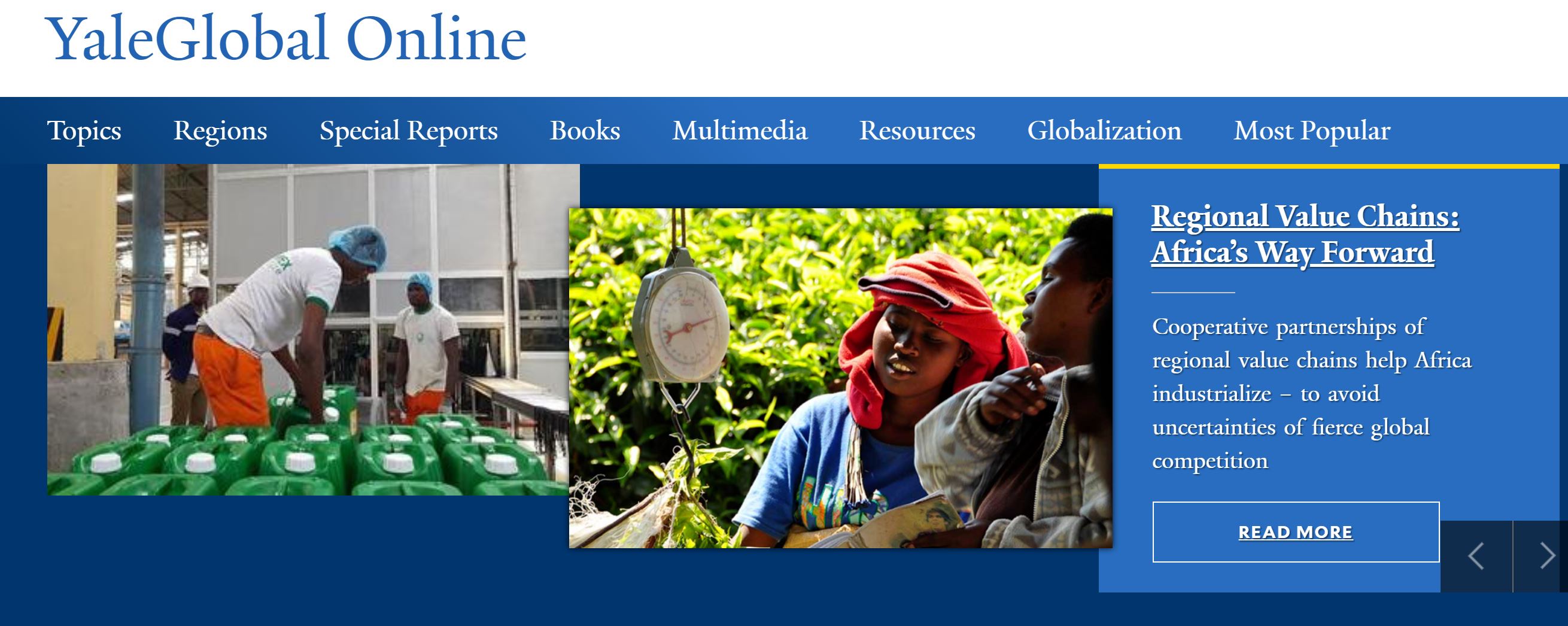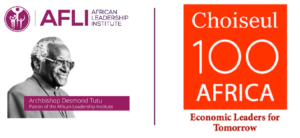In cooperation with the Observer Research Foundation, India’s foremost public policy think tank, OXCON is delighted to share this article, presenting some of our thoughts on the reconstruction process of Kerala following the severe flooding it has endured over the past month.
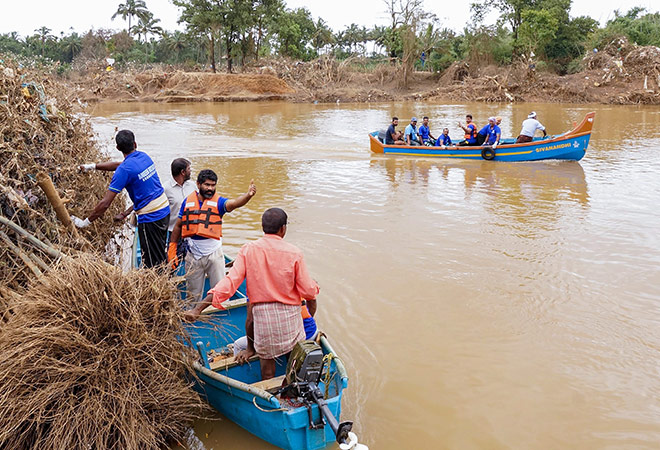
The torrential rains and the ensuing floods in the southern Indian State of Kerala have led to one of the largest humanitarian crisis of the year, with more than 470 people killed and upwards of 700,000 displaced.
As the humanitarian relief is ongoing, it is crucial to also consider the long-term reconstruction effort that will need to come swiftly on the tails, if not concurrently, to the humanitarian intervention. The crisis mustn’t be allowed to hamper Kerala’s impressive social and economic development. If anything, the reconstruction process should be geared towards allowing for better means of growth, developing the physical, institutional and human infrastructure to facilitate achieving long-term goals.” As the Member of Parliament of Kerala’s capital Thiruvananthapuram, Shashi Tharoor, suggested, five ‘R’s need to be addressed — rescue, relief, risk, rehabilitation and rebuilding. But humanitarian and reconstruction interventions mustn’t be thought of independently, but rather as a continuum aiming to “rebuild Kerala better.”
Such a process should thus look beyond reconstruction the way things were, but to build according to where we want to go. The first step would be to study past experiences around the world and avoid common mistakes that would curtail Kerala’s path to development, while closely studying the situation on the ground before and after the floods, to devise key recommendations.
1. Long-term process cannot be planned in isolation of the relief effort — and vice versa.
From relief to development, some actions may be sequential and stand to be developed in isolation; but in most cases the reconstruction and development must be planned, and in some cases implemented, from the onset of the relief effort. Planning and costing often needs to be done in tandem; keeping the interest of people, both on the short and long-term, as the guiding principle.
Natural disaster relief will seek to move people from displaced camps to temporary housing while the reconstruction is ongoing; this is a laudable effort, as camp conditions are difficult, particularly in a monsoon season, and it is imperative to lead people to safety so that they may reestablish a semblance of normalcy. But many a relief effort around the world, such as that following the 2004 tsunami, saw temporary housing construction projects go far over budget — often simply for failure to take into account the price increase of construction material that comes with a spike in demand — which impeded ability to develop adequate long-term housing for returnees.
Planning and costing often needs to be done in tandem; keeping the interest of people, both on the short and long-term, as the guiding principle.
2. Rebuild looking forward, not back.
Pressured by time and the need for quick delivery, many a post-disaster reconstruction situation end up seeking to replicate things the way they were before. But a massive reconstruction phase affords a unique opportunity for important investment across multiple sectors, and good policymakers will seek to take advantage of this to upgrade their economic and social infrastructure, thus avoiding replicating the structural weaknesses that were present (and which might have effectively contributed to the crisis itself) but also creating something worthy of the hopes and aspiration of the State and its people, by improving their living conditions and the services they have access to.
Take infrastructure, for instance. Beyond the human impact, the most noticeable and visible impact of flooding and landslides is on infrastructure — which includes roads and bridges, but also electricity and fuel supply, water and sanitation, rail, ports and airports, telecommunications, educational and medical facilities, and so on — in addition naturally to housing, which, by virtue of its private ownership, is usually addressed separately.
Floods are estimated to have destroyed or damaged 83,000 km of roads, including 16,000 km of major roads (known as PWD — Public Works Department roads, as opposed to the LSG — Local Self Government roads. Repairing those must also include an upgrade — both of the roads quality, which leaves much to be desired, as well as of the road grid itself, potentially taking the opportunity to extend PWD roads inland. Highways in Kerala are known to be narrower than the rest of the country; this is an opportunity to improve them.
For some transportation but even more so for service infrastructure, the state may wish to consider public-private partnerships, set up in cooperation with private sector operators. Take energy for instance. Kerala generates three quarters of its energy from hydropower, a sector very apt for PPP engagements. Kerala could stand to increase its hydropower generation, notably in small and distributed projects (up to 10 MW). Those agreements typically involve the private sector designing, constructing, operating, maintaining and managing hydro-electric facilities, which would allow rapid scaling across the state. Investment guarantees could be provided by international donors.
It is likely that sufficient funds would not be available to fully finance such needs. Prioritisation is of course necessary. But in no way does this take away from the necessity of planning long-term. When developing short and medium term targets, future goals must be taken into account when designing interventions; infrastructure must be designed to be scalable and connectable. A good example is the modular development of the much-hailed Kochi Metro project; plans for the three phases were developed from the onset, with latter phases added subsequently.
When developing short and medium term targets, future goals must be taken into account when designing interventions; infrastructure must be designed to be scalable and connectable.
3. Ensure the process is people-led.
The crisis has brought out the best in the people of Kerala, with people across religious and caste divides operating seamlessly together to alleviate the suffering of their compatriots. Even between Keralites and residents from other states, primarily the country’s north east, who have moved en masse into the state’s urban centres to take up blue collar jobs. It is operative that the reconstruction and development process capitalise on this spirit and expertise, to foster a feeling of inclusivity during and after the process. It will also cement one of Kerala’s strongest attributes — the relative lack of religious and caste barriers between groups — and prevent extremist groups, such as the Popular Front of India (PFI) or the Rashtriya Swayamsevak Sangh (RSS) from scoring political points and making inroads among distressed people in their usual divisive rhetoric, by stoking divisions or perceived favouritism on the part of the authorities.
Involving Keralites throughout the process will also allow to better sensibilise them to the kind of response and mitigation necessary, acting as a practical educational tool in integrating sustainability and risk reduction and mitigation in people’s daily activities.
4. Sectoral disruptions can be particularly dangerous for long-term recovery.
While economic activity has largely ground to a halt in many areas of the state, it is necessary to develop distinct sectoral approaches, and identify which sectors would have been hit the hardest. Some might have suffered particularly severe shocks that would derail them or permanently push a segment of their workforce out of their jobs, making their economic recovery particularly tortuous.
Agriculture is on. The waters are estimated to have submerged 40,000 hectares of land, and damaged crops in their peak harvest season. In addition, the flooding would have caused degradation of agricultural land, thus hurting farmers not only this year — but also the next. A risk in such cases would be that farmers would move away en masse from agriculture to pursue other economic activities, abandoning their farms and hurting future agricultural production and exports. Land rehabilitation and agricultural support will thus need to be a priority.
Tourism as well, accounting for 12% of the state’s economic activity and 20% of its employment, will also have taken a particularly strong hit. The damaged infrastructure and difficulty of access have led to more than three quarters of reservations cancelled for September; October, the peak tourism season, is likely to see a 20 to 25% drop.
While economic activity has largely ground to a halt in many areas of the state, it is necessary to develop distinct sectoral approaches, and identify which sectors would have been hit the hardest.
Another example is the retail sector. Onam, the Hindu festival celebrating the harvest, would have fallen in the second half of August this year — but it was, unsurprisingly, swept with the floods. But more than a religious occasion, Onam is also the yearly peak shopping season for everything from durables to perishables, from cars and furniture to flowers and pickles. A failed Onam retail season means that retail across the state would have globally taken a severe hit that will affect many businesses bottom lines, losses which they could struggle to make up — adding additional strain.
5. Global interest is fickle, and often not in line with spending needs.
It’s a clear pattern: donations and aid will come in at the peak of global interest in a crisis, and very rapidly decline as global eyeballs turn elsewhere, just as the reconstruction and development picks up, along with its spending needs. To control disbursement it will be necessary to ensure that the Kerala government is in the driver’s seat, rather than donors; though thanks to strong institutions at the national and state levels, this is unlikely to be a challenge. Nonetheless, securing the necessary funding will, particularly past the emergency phase.
Calling for a UN meeting on Kerala Reconstruction is unlikely to yield the required results. For one, there is a distinct fatigue of such reconstruction international conference, even for countries in a significantly worse situation. To give a stark recent example, the latest fundraising conference for Syria, which aimed at raising USD 9 billion for refugee needs, only obtained USD 4 billion — two of which having already been pledged before the conference.
To control disbursement it will be necessary to ensure that the Kerala government is in the driver’s seat, rather than donors.
Instead, Kerala could develop a clear Reconstruction and Development Plan listing its project and spending priorities, which it should share widely and bring onto the public scene, and engage in a series of bilateral negotiations with intergovernmental and national donors to secure funding for its various priorities. Naturally the government of India should be the leading actor for this purpose.
6. Integrating environmental sustainability is inevitable.
The reconstruction process must consider both existing, but also future environmental needs. Unfortunately, we must consider the possible repetition of such events, with the torrential rains that Kerala has received only part of a pattern of increasingly violent natural disasters cause by unstoppable climate change. Models will therefore need to be developed to estimate the future occurrence of such natural disasters, and reconstruction will have to internalize those projections.
And evidence is already pointing out that Kerala is already falling behind. Not a single one of Kerala’s 61 dams had an Emergency Action Plan or an Operation & Maintenance (O&M) manual on how to manage an extreme event such as flooding, and “no dam-break analysis was conducted in respect to any of the 61 dams in the State,” as per a 2017 report of the Comptroller and Auditor General of India.
Experts are pointing out that the impact of the floods could have been mitigated if prior environmental assessments had not been ignored. The Western Ghats, which have traditionally served as a water reservoir for Kerala along with five other States, were the subject of a 2010 environmental protection assessment report, which recommended a ban on mining and stone quarrying, and limited various economic activities in the Ghats. The report was not implemented and subsequently watered down, and this excessive stone quarrying and deforestation of catchment areas may have contributed to the scale of flooding and destruction this month.
An urgent reversal of the trend is crucial — not only for disaster prevention, but also for economic and human sustainability.
The Western Ghats, which have traditionally served as a water reservoir for Kerala along with five other States, were the subject of a 2010 environmental protection assessment report, which recommended a ban on mining and stone quarrying, and limited various economic activities in the Ghats.
Kerala’s water resources are already under threat. Its 44 rivers have greatly suffered from unsustainable industrial activity. In addition to pollution caused by the dumping of solid waste and the discharge of industrial effluents, rivers also suffer from unsustainable sand mining, to answer a demand in construction. The removal of sand causes riverbeds to sink, threatening not only the rivers themselves but also ponds they feed into and groundwater they replenish.
Groundwater, which provides 50% of agricultural irrigation and supplies 80% of rural and 50% of urban households with their domestic needs, has not escaped unsustainable practices either. The State has the highest open well density in all of India — up to 200 wells per square kilometre in coastal areas. Groundwater, has witnessed a decline in quality due to contamination and seawater intrusion.
Deforestation and soil pollution also follow similar patterns of unsustainable human usage, from illegal encroachment on forests to extreme use of pesticides.
All of these concerns must be taken into account when designing long-term development plans; reconstruction must ensure that it is done at the expense of the health of the region’s trees and rivers, that quarrying and clay mining activities do not exceed acceptable limits nor represent a pollution risk to the health of citizens.
The reconstruction is bound to be a long and costly process. Thankfully, the people of Kerala have proven that they are stronger than any adversity. It is important for good policy to be developed, which will increase future readiness, taking into account projections of similar disasters, while concurrently upgrading the services and infrastructure to increase the quality of life of every Keralite.
Photo credits: Press Trust of India



